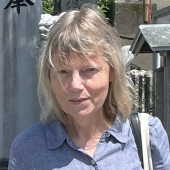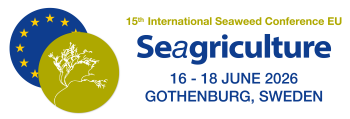Interview:
1. What lessons from past seaweed farming challenges do you think the industry is at risk of repeating if not addressed now?
The industry needs proper governance to prevent the movement of non-indigenous cultivars around the world to avoid the movement of pests and diseases both from the introduced material and wild stocks the vicinity of seaweed farms. Introducing non-indigenous seaweeds risks their naturalisation and possible spread. Escapees of non-native cultivars into the wild risks gene flow the local seaweed populations leading to potential loss of local haplotypes or invasive cultivars that outcompete local species. The seaweed industry needs to learn lessons from the impact of land-based agriculture where agriculture, non-indigenous species and global food systems are recognised as one of the greatest threats to biodiversity.
The impact on the eucheumatoid seaweed industry of relying on a few clones of a limited number of cultivars that were developed from wild populations many years ago must be addressed. International cooperation is required for an integrated, properly resourced, approach to cultivar development is needed, including seed banks, nurseries, development of temperature-, pest- and disease-resilient strains and conservation of seaweeds and seaweed habitat to protect wild stocks that are the source of new cultivars.
2. How can biodiversity research, like that conducted at the Natural History Museum, help safeguard seaweed crops against emerging pests and diseases?
Being able to identify the seaweeds and the pests and diseases that are related to specific species or even strains is essential for the seaweed industry. The experience in biodiversity discovery at the Natural History Museum, including state-of-the-art molecular techniques, means that we can provide the information and training required to identity the pests and diseases. Our research can also be applied in relation to the safeguarding the seaweed crops, for example, identifying the resilient cultivars for the future of the seaweed industry and potentially identifying biodiverse hotspots where new stock for cultivars might be sought. We are also using our knowledge and experience to develop early warning systems for the rapid detection of pests and diseases before they can damage the crop.
3. What role do you see for international collaboration in developing resilient seaweed strains and protecting wild genetic resources?
There is huge potential to bring all the stakeholders together in this endeavour. Sharing knowledge, capacity building, restoration, getting the seaweeds at the top of the agenda for protection are all part of the collaboration. For me, crucially, getting in place a Global Seaweed Protection Strategy where the protection of wild seaweeds and their habitats in the vicinity of seaweed farms and wild harvesting sites is coupled with the seaweed industry.



